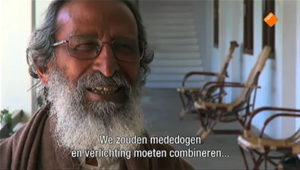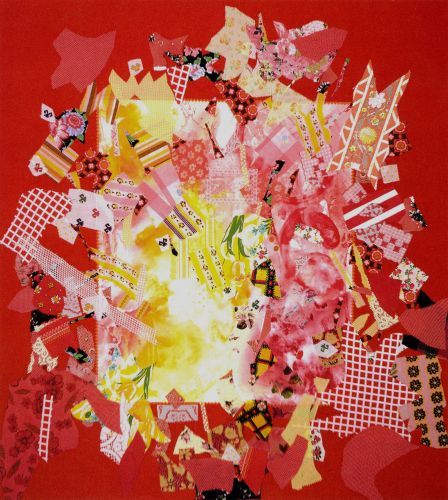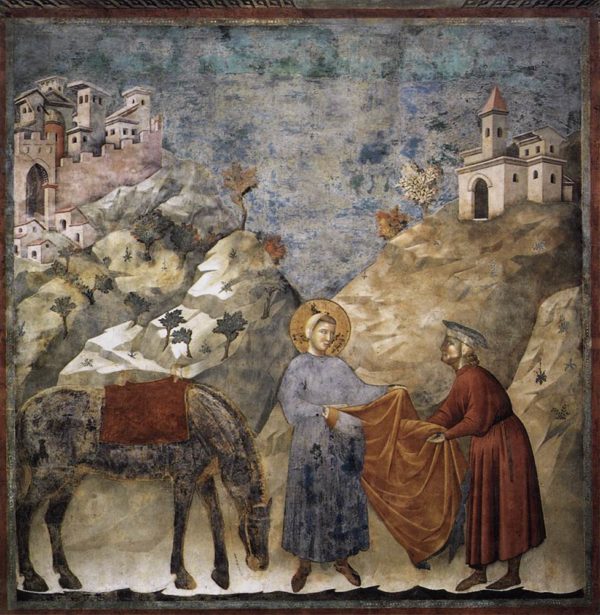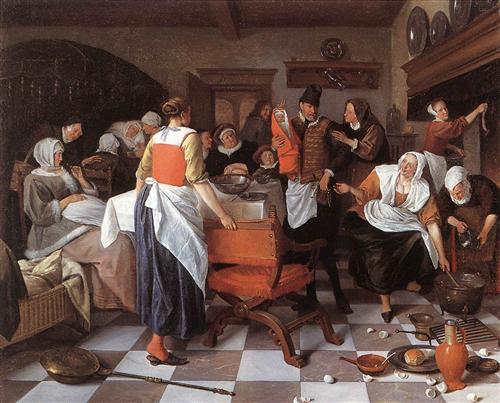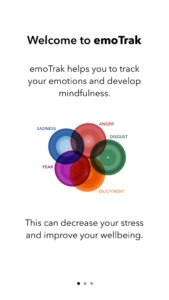India is het land waar Boeddha vandaan komt, maar het boeddhisme is er al eeuwenlang zo goed als verdwenen. In het zuiden van India heeft de Jezuïet en zenmeester Ama Samy een meditatiecentrum (Bodhi Sangha) gesticht, waar westerlingen en Indiërs samen de stilte zoeken. We proberen te achterhalen hoe Ama Samy christendom en boeddhisme in zich verenigt, zonder water bij de wijn te doen en zonder er een soep van te maken. Hij leefde een tijdje als bedelmonnik en vertrok na lang soebatten bij zijn meerderen naar Japan om bij Yamada Koun, een zenmeester in Kamakura, in de leer te gaan.
Zonder zich bewust te zijn trad hij in de voetsporen van de bekendste boeddhistische monnik uit de geschiedenis: Bodhidharma. Deze mythische figuur verliet India in de vijfde eeuw om in China het boeddhisme te onderwijzen. Ama Samy heeft zenboeddhisme naar India teruggebracht. In zijn centrum heeft hij voor iedereen dezelfde vraag: hoe kunnen we de wijsheid van zen combineren met het christelijke uitgangspunt van compassie? Het is de grote vraag niet alleen voor de bezoekers van het centrum, maar voor een wereld waarin intolerantie steeds meer de boventoon lijkt te voeren. E uit 2016. – npo.nl
